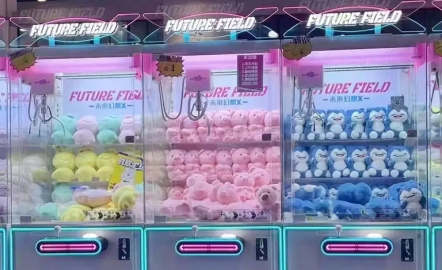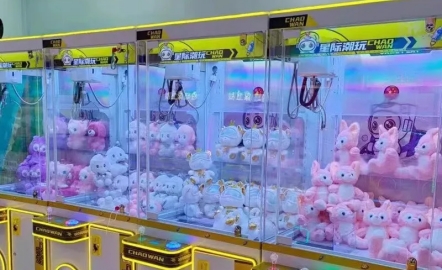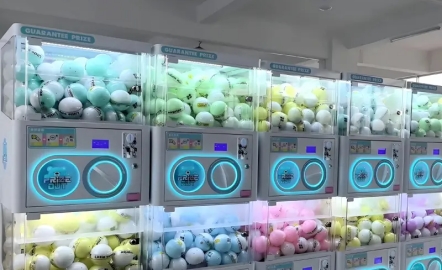Introduction
Claw machines and coin-operated amusement devices have become iconic fixtures in arcades, shopping malls, and family entertainment centers worldwide. Originally designed for casual gaming, these machines now play a significant role in children's recreational activities. This article explores their technological evolution, psychological appeal, and ethical considerations in modern child-centric entertainment.
Technological Advancements
Modern claw machines integrate advanced sensors and programmable logic controllers (PLCs) to balance entertainment value and profitability. For instance, adaptive grip strength algorithms adjust claw pressure based on real-time weight detection, ensuring a "near-win" experience that keeps children engaged. Meanwhile, coin-operated rides like mini-carousels or train simulators now feature interactive LED screens and motion sensors, merging physical play with digital interfaces.
Psychological Engagement
Studies by the Journal of Pediatric Psychology (2022) reveal that claw machines trigger dopamine release through intermittent reinforcement—children learn that persistence may lead to rewards, even with a low success rate (averaging 1:20 attempts). However, critics argue this mechanism mirrors gambling behaviors, raising concerns about early exposure to risk-reward conditioning. Manufacturers counter by implementing "ethical modes," such as guaranteed wins after 50 failed attempts, to align with child safety standards.
Market Trends and Parental Perspectives
The global market for kid-focused coin-operated devices is projected to reach 0.50–$2 per play). In Asia, "prize redemption ecosystems" allow children to collect tickets from multiple games and exchange them for educational toys, blending entertainment with skill development.
Safety and Regulation
Strict regulations govern these devices. In the EU, EN 71-9 standards mandate rounded edges, non-toxic materials, and automatic shutoffs to prevent finger entrapment. The U.S. Consumer Product Safety Commission (CPSC) requires monthly inspections of public arcades to ensure compliance with ASTM F2461-18 guidelines. Despite this, 12% of arcade-related injuries reported in 2023 involved unsupervised children misusing coin slots, highlighting the need for parental vigilance.
Conclusion
Claw machines and coin-operated games have evolved into sophisticated tools for childhood entertainment, balancing technology, psychology, and safety. As augmented reality (AR) integration emerges—such as holographic prize selection—the industry must prioritize ethical design to sustain trust among parents and regulators.
 The Cultural Impact of Claw Machines on Childhood Development
The Cultural Impact of Claw Machines on Childhood Development
 Designing Child-Friendly Coin-Operated Devices: A Focus on Ergonomics and Education
Designing Child-Friendly Coin-Operated Devices: A Focus on Ergonomics and Education
 The Evolution of Claw Machines and Coin-Operated Games in Children's Entertainment
The Evolution of Claw Machines and Coin-Operated Games in Children's Entertainment